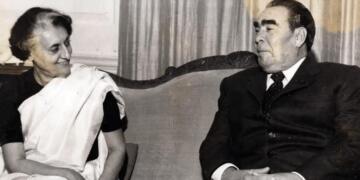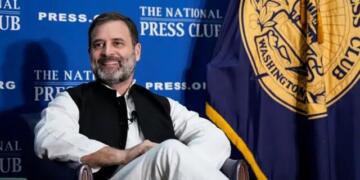Imagine facing a pandemic like Coronavirus 5 years ago when every Indian family did not have an account in the bank, and neither every person has an Aadhar card. Lakhs of people would have been starved to death in such a situation as no direct benefit transfer through Jan Dhan-Aadhar-Mobile (JAM trinity) was available 5 years ago.
A few months after coming to power, the Modi government pushed for Aadhar card for everyone in the country, and at least one bank account in every family. As almost every person today has a Mobile phone, the Aadhar cards and Bank accounts were linked to mobile phones and the government has sophisticated machinery at its disposal for direct benefit transfer.
Through this sophisticated machinery, the government transferred 36,000 crore rupees in 16 crore beneficiary accounts, which means 16 crore families or 80 crore people of the country has some disposable income to carry on life even if they have no other source of income.
As per a report by Indian Today, “A break-up of the transactions shows that Rs 27,442 crore was given under Centrally Sponsored Scheme (CSS*) and Central Sector Schemes (CSS), while, Rs 9,717 was transferred by state governments for its welfare schemes.” This data is for the first month of lockdown, that is, March 24 to April 24, and the government also transferred money under various schemes at the start of May.
The DBT scheme has set an example of how countries could provide leakage-free delivery of welfare measures through the sophisticated use of technology. Many poor countries in Africa and Asia, which want to build sophisticated machinery like JAM, are now learning from the experience of the Indian government.
In yesterday’s address, PM Modi praised these reforms and argued that the country now needs the next set of reforms. “We need to go forward with bold reforms. You must have seen that some of the reforms of the last six years have helped in this crisis. Who could have thought that the money this government sends will reach the beneficiaries directly? Especially when everything was shut down. The JAM trinity had this effect. Now we are expanding these reforms,” said PM.
DBT has been hugely beneficial for the government to control the leakage in the delivery of public services. Earlier, the leaders used to say that if 100 rupees is spent on welfare, only 10 percent of that reaches to people. By using DBT, the Modi government could transfer 100 rupees directly to the beneficiaries’ accounts.
As of now, the government uses DBT for 465 schemes which range from LPG subsidy to college scholarships. There are talks that Direct Benefit Transfer could also be used for direct transfer of compensation to farmer’s account instead of using Minimum Support Price (MSP). Various types of subsidies, which account for more than 10 percent of union government expenditure, might be directly transferred to beneficiary account through DBT.
Subsidies through Food Corporation of India and Fertilizer subsidies are still big avenues for corruption, and the government is planning to bring these under the DBT ambit to ensure the contactless transfer of subsidies. DBT has saved the lives of millions of people during the Corona; it would also help the country in day, months, and years to come.






























